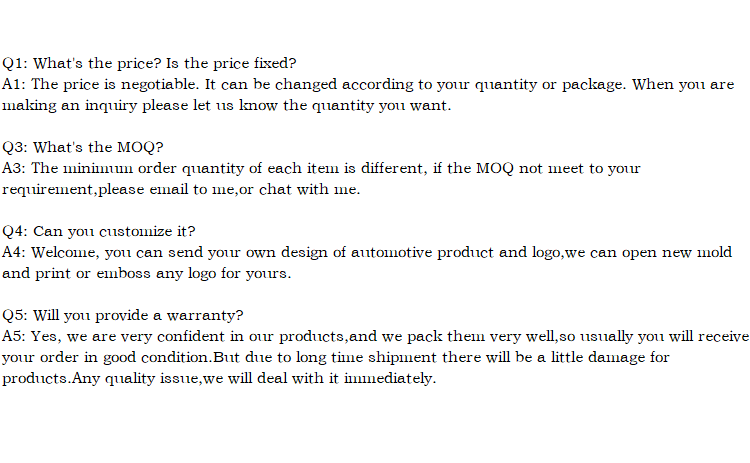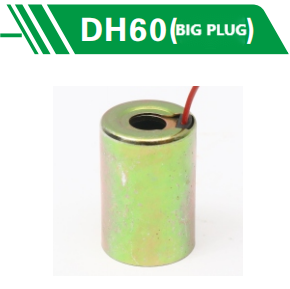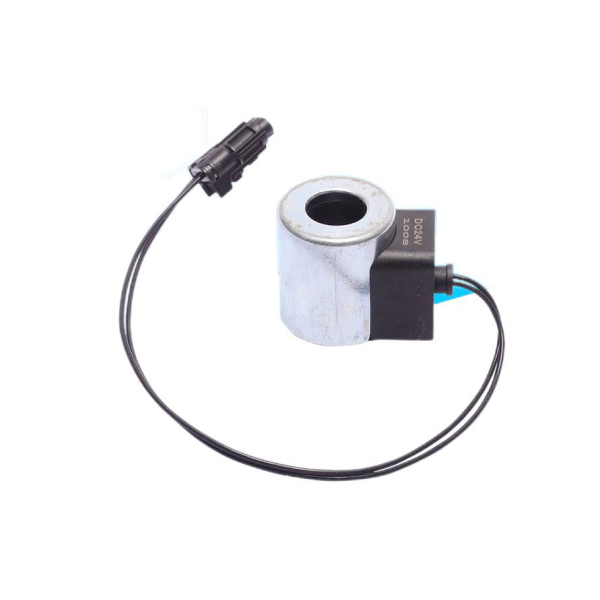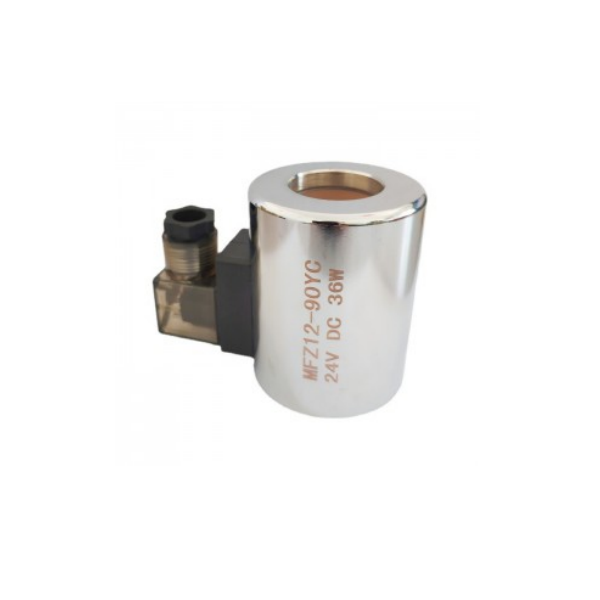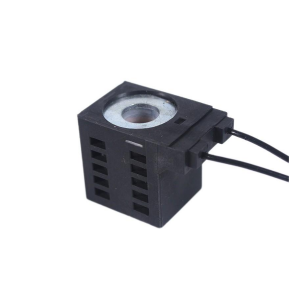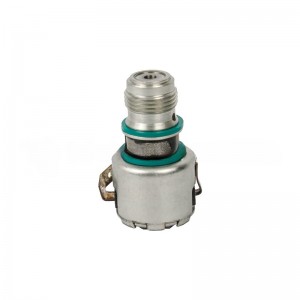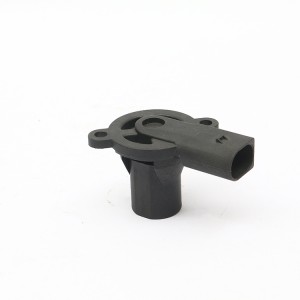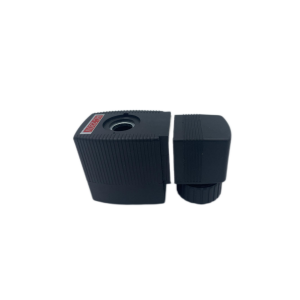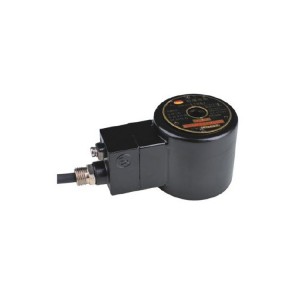Construction machinery excavator roller forklift hydraulic coil solenoid valve coil
Product introduction
Quality factor or Q factor is a dimensionless parameter in physics and engineering. It is a physical quantity that represents the damping property of the vibrator, and it can also represent the magnitude of the resonance frequency of the vibrator relative to the bandwidth. A high Q factor indicates that the energy loss rate of the vibrator is slow and the vibration can last for a long time. For example, a simple pendulum moving in air has a high Q factor, while a simple pendulum moving in oil has a low Q factor. Generally, oscillators with high Q factor have smaller damping. When the oscillator with higher Q factor resonates, the amplitude near the resonance frequency is larger, but the frequency range of resonance is smaller, which can be called bandwidth. For example, the tuning circuit in a radio receiver has a high Q factor, so it is difficult to adjust the receiver to a specific frequency, but its selectivity is good and it also has a good effect in filtering the signals of adjacent stations in the spectrum. The oscillator with higher Q factor can produce resonance in a smaller frequency range and is relatively stable. The Q factor of the system may vary greatly with different applications and requirements. The q factor of systems that emphasize damping characteristics (such as dampers to prevent doors from suddenly closing) is 2, while the q factor of clocks, lasers or other systems that require strong resonance or frequency stability is higher. The q factor of tuning fork is about 1000, and the q factor of superconducting radio frequency in atomic clock, accelerator or optical resonant cavity can reach 10.11 or even higher. The concept of Q factor comes from electronic engineering to evaluate the "quality" of a tuning circuit or other oscillators.
Company details







Company advantage

Transportation

FAQ
